Search
Summary 
Loading AI-generated summary based on World History Encyclopedia articles ...
Search Results

Image
Sigismund of Hungary
Sigismund of Hungary (l. 1368-1437), painting by a Bohemian artist, formerly attributed to Pisanello, 1433.
Kunsthistorisches Museum, Vienna.
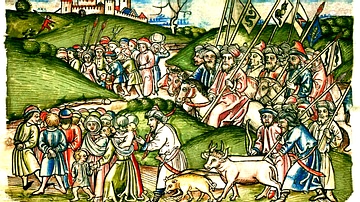
Image
The Mongol Invasion of Hungary
The Mongol invasion of Hungary (1241 CE) in Chronica Hungarorum by Johannes de Thurocz (1488 CE).

Image
Roman Epigraphic Stone from Hungary
A Roman epigraphic stone found in the ancient town of Brigetio, which was located in the Roman province of Pannonia superior. (This is present-day Komárom, Hungary.) Transcription: D(is) M(anibus) / C(aio) Iul(io) Candidiano / q(ui...
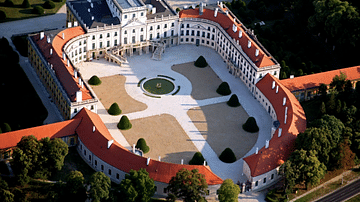
Image
Eszterháza Palace, Hungary
An aerial view of Eszterháza Palace, Hungary, first built in the 1760s by Nikolaus I, Prince Esterházy ‘the Magnificent’ (l. 1714-1790). (Daniel Somogyi-Tóth, www.legifotok.hu)
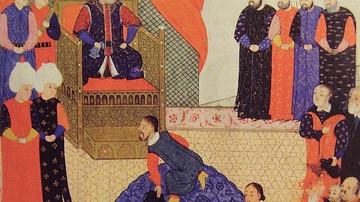
Image
John Sigismund of Hungary with Suleiman I
An Ottoman court artist's impression of the Hungarian King John Sigismund Szapolyai (r. 1540-1551 CE; 1556-1570 CE) paying homage to the Ottoman Sultan Suleiman I the Magnificient (r. 1520-1566 CE), in 1556 CE at Zemun (part of modern-day...
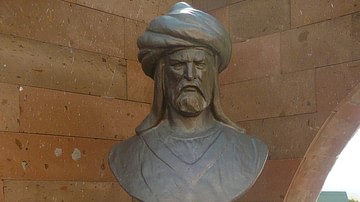
Definition
Batu Khan
Batu Khan (l. 1205-1255 CE) was a grandson of Genghis Khan and the founder of the Golden Horde. Batu was a skilled Mongol military commander and won battles from China to Persia, although his most famous exploits involve the grand Mongol...

Article
The Mongol Invasion of Europe
The Mongol invasions of Russia and Eastern Europe occurred first with a brief sortie in 1223 CE and then again in a much larger campaign between 1237 CE and 1242 CE. The Mongols, seemingly coming from nowhere and quickly gaining a reputation...
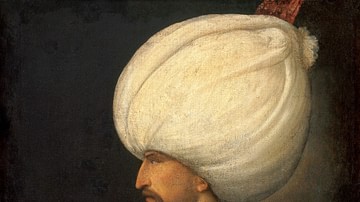
Definition
Suleiman the Magnificent
Suleiman the Magnificent (aka Süleyman I or Suleiman I, r. 1520-1566) was the tenth and longest-reigning sultan of the Ottoman Empire. Hailed as a skilled military commander, a just ruler, and a divinely anointed monarch during his lifetime...
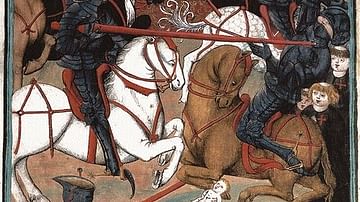
Definition
Hussite Wars
The Hussite Wars (1419 to c. 1434) were a series of conflicts fought in Bohemia (modern-day Czech Republic) between followers of the reformer Jan Hus and Catholic loyalists toward the end of the Bohemian Reformation (c. 1380 to c. 1436...

Definition
Jan Žižka
Jan Žižka (l. c. 1360 – 1424) was a Czech general and one of the most brilliant tacticians in military history. In the Hussite Wars (1419 to c. 1434), he was undefeated as the leader of the Hussites against the Catholic loyalists. Even completely...